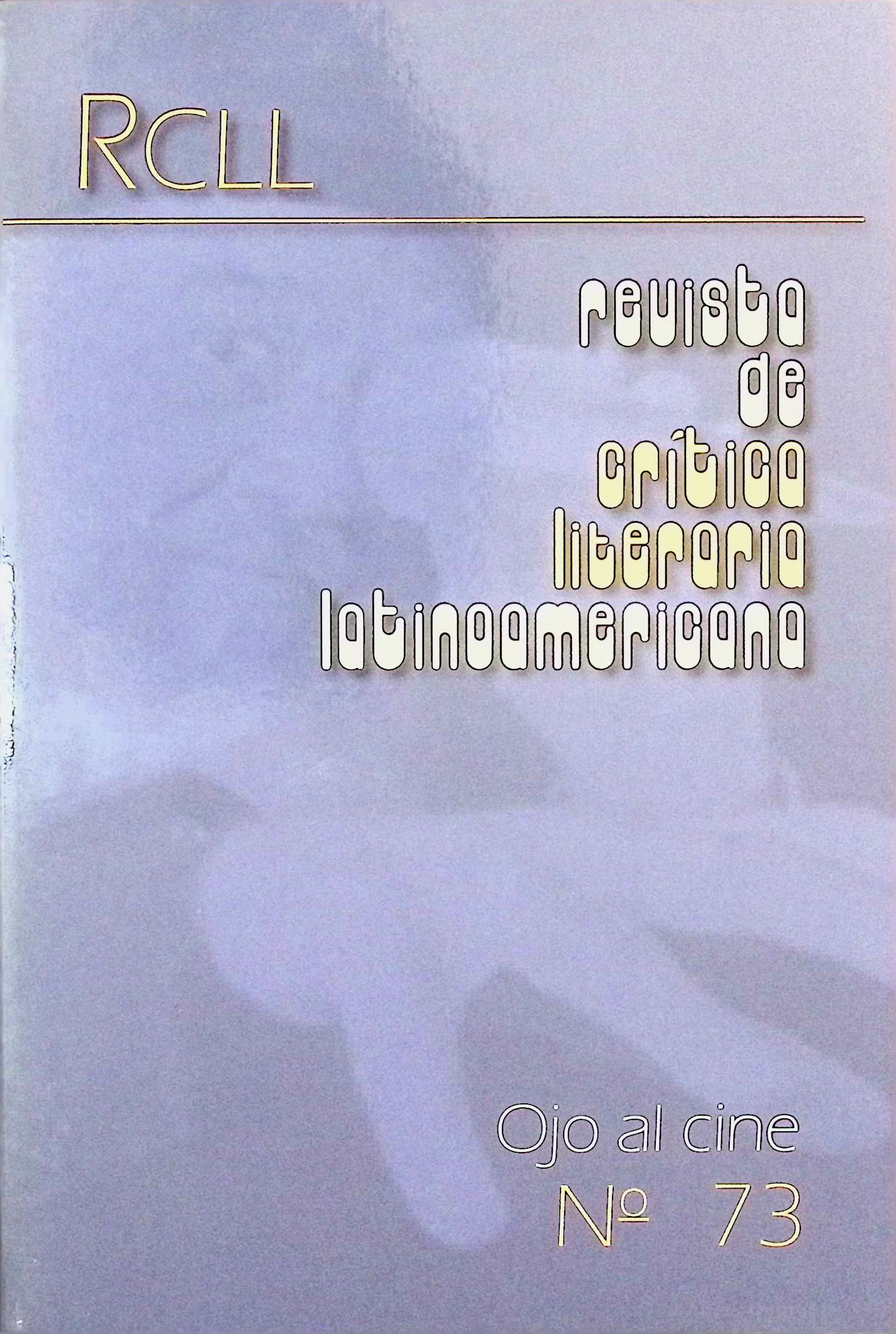Un cine para “vísceras pensantes”: Bolívar, sinfonía tropikal de Diego Rísquez
Palavras-chave:
Diego Rísquez, Fernando Birri, neobarroco, Nuevo Cine Latinoamericano, patriotismoResumo
Este artículo está dedicado al Nuevo Cine Latinoamericano de los 70 y principio de los 80, un periodo que, según Paul A. Schroeder Rodríguez (en este volumen), se caracteriza por el pluralismo político. Tomando esta idea de Schroeder como punto de partida, me pregunto: ¿qué tipo de imágenes se emplean durante este periodo de pluralismo político? Basándome en el manifiesto de Fernando Birri de 1978, propongo que el cine de los 70 y 80 está dirigido a un público compuesto de individuos y no a un público entendido como grupo, y que en las películas de este periodo aumenta el componente sensorial de la imagen y disminuye el componente lógico-racional. Según Birri, las películas de los 70 y los 80 hacen del espectador una “víscera pensante”, un cuerpo que primero siente y después piensa. Este artículo analiza Bolívar, sinfonía tropikal (1980) de Diego Rísquez como un ejemplo de cine sensorial y de pluralismo político característico de este periodo. El artículo también mantiene que el discurso pluralista al que se refiere Schroeder y la imagen sensorial de la que habla Birri son dos caras de la misma moneda. El pluralismo político se manifiesta a través de imágenes sensoriales que están dirigidas a los cuerpos de los individuos sentados en las salas de cine.





